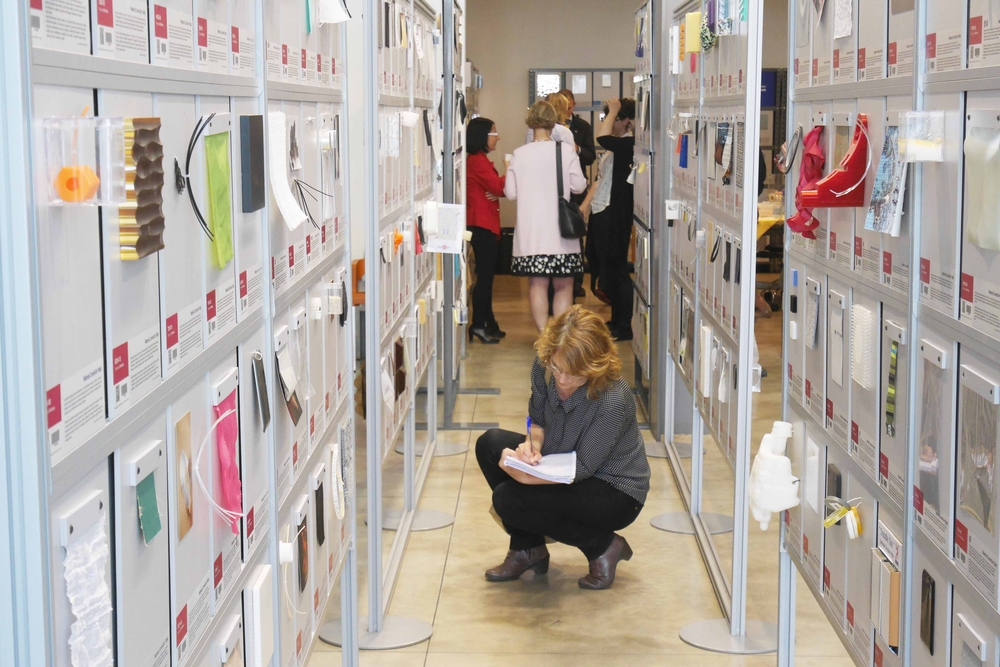Materials! at WS04 Material ConneXion Italia

We’ve come back from WS04 in Milan with an overwhelming feeling that this can work...
This is a significant moment for Trash-2-Cash for a number of reasons: we’re almost one year in, we’ve just completed our first official sharing of written knowledge between disciplines (through 4 internal reports), Cycle A: Design has ended and Cycle B: Application has begun, but most importantly we’re really starting to understand one another and our different contributions to the project.
Not everything ‘worked’ at this workshop. The methodology team has achieved a lot but we are still learning, the ‘design-driven’ approach is very new to all of us. It’s trial and error; we use our experience and knowledge to plan appropriately, make on-the-spot changes, and introduce experimental tools as well as tried and tested ones.
So, as a testament to what we’ve achieved and how a project like this can work (with so many partners, with different backgrounds, languages, disciplines and cultures), we’re going to share some of the ‘tops’ (the best bits) reported by partners in Milan…
- We loved using the materials samples to understand where we’re heading
The venue for this workshop – Material Connexion Milano HQ – really allowed us to touch, to feel and discuss material properties. One partner remarked that the location had provided an amazing ‘ambience’ for the workshop (and we could even work outside in the sunshine!) - We now understand the project ‘State of the Art’
This has been difficult to achieve in the first year as results were still emerging and partners were still getting to grips with how their work aligned with everyone else’s. It was the right time to dedicate some significant attention to Work Package presentations. - We can understand more about our business by hearing what challenges lie ahead for the material through the whole supply chain
An incredible benefit of this project are the huge range of companies representing most of the material lifecycle and the great level of expertise that can be shared at each workshop – everyone is learning, even the most experienced people. - The different ways that the methodology team creates opportunities for cross-disciplinary discussions is fantastic
Each activity is carefully designed to enable particular discussions and analysis to take place. We reflect on the strengths and weaknesses and adapt our approach accordingly. - Learning about the fibre production process
Fibre science and material production is really starting to make sense to designers which in turn opens up doors to creativity and will be an invaluable resource later in the project. - We are now starting to focus, connecting the dots and the details are emerging – “the project starts now!”
After much hard work at the ‘fuzzy end’ of the process, partners are starting to see some clarity in what we want to achieve and how we are going to achieve it. - Cherries! In the true sharing spirit of the project, our Slovenian partner brought a gift of cherries.
We also had tips (things to improve) which clustered around the need for the science partners to share specific results in smaller groups and in person, not only on Skype… something we will think seriously about in our preparations for WS05 in Copenhagen.
Dr Rosie Hornbuckle, UAL